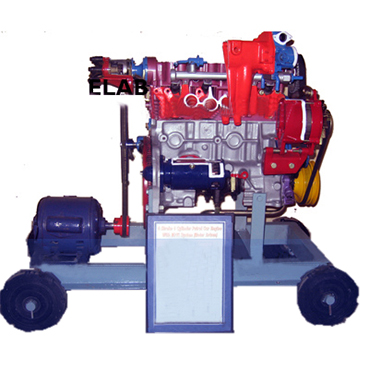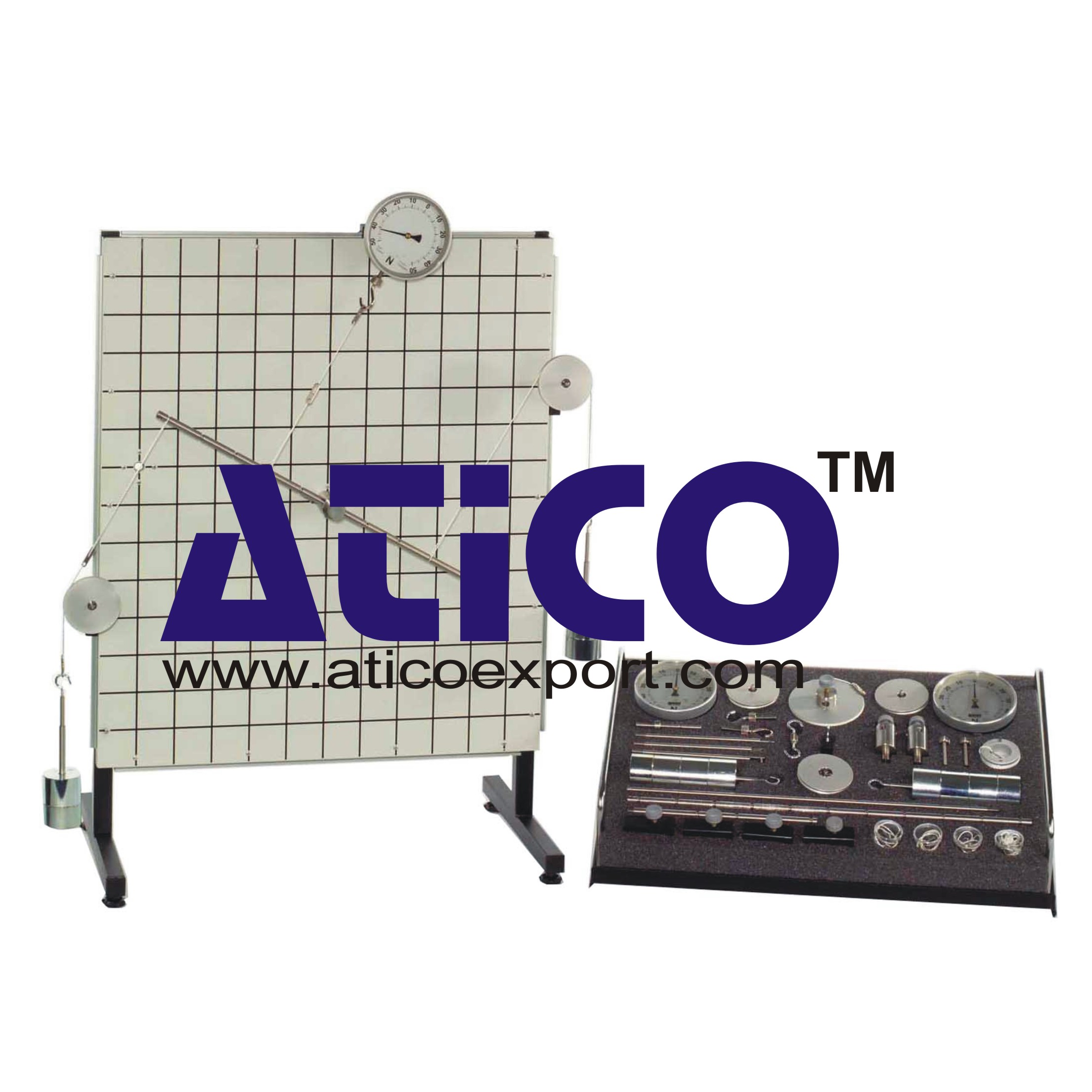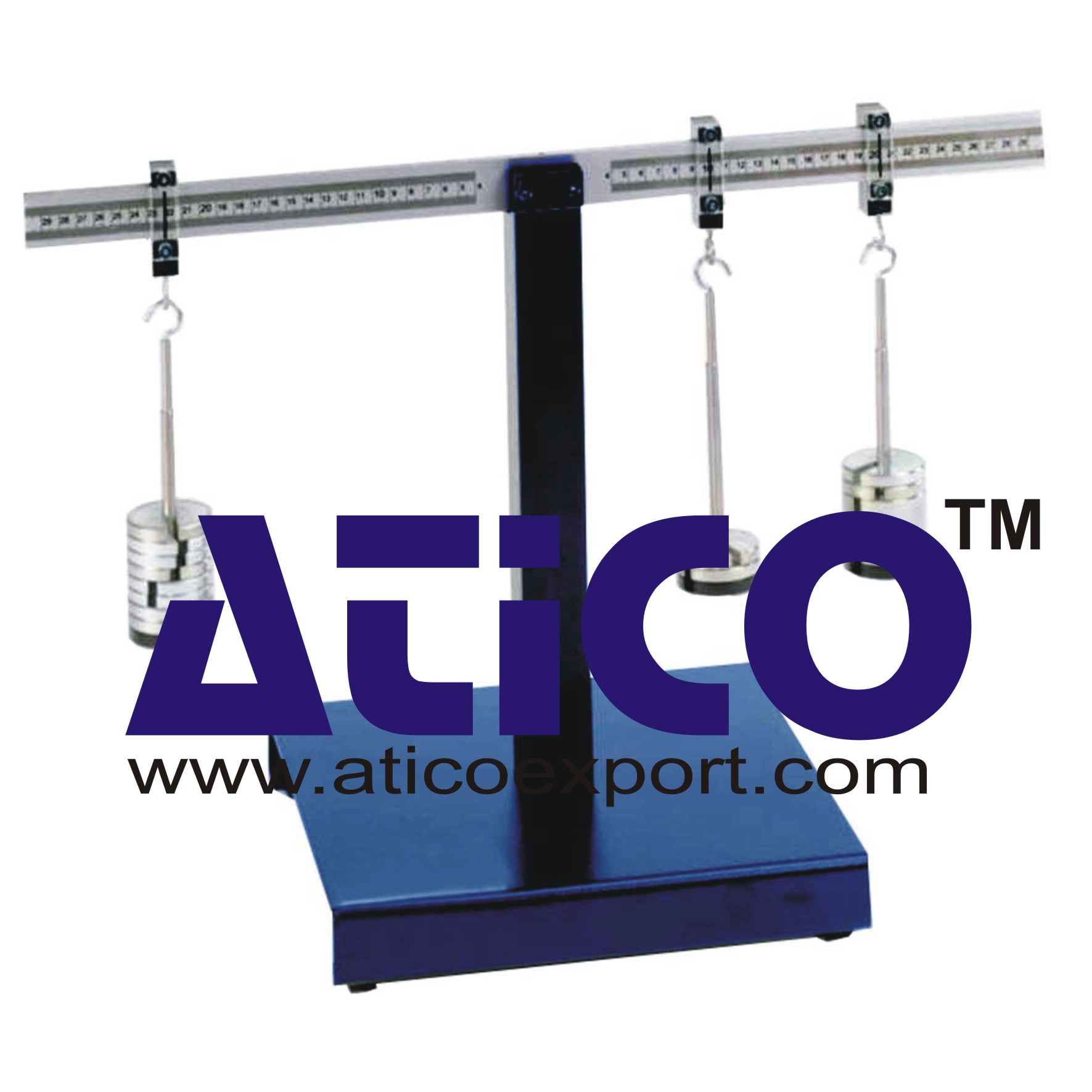Gas Flow Classification
Categories: Engineering Lab EquipmentZigzag sifters permit classification of solid compounds. The solid compound being separated is charged into the feed hopper. The compound is fed into the zigzag duct of the sifter at mid-height by way...
Product
Description
Zigzag sifters permit classification of solid compounds. The solid compound being separated is charged into the feed hopper. The compound is fed into the zigzag duct of the sifter at mid-height by way of a vibrating trough. An air flow flows upwards through the vertical duct. Depending on the geometry and density of the particles, they are carried along by the air or drop down due to gravity. At every bend in the duct the solid compound passes through the air flow and falls onto the opposite wall of the sifter. This corresponds to one sifting stage. Owing to the flow conditions, a vortex wake is formed between two bends of the zigzag duct. It ensures that the solid matter moves roughly perpendicular to the air flow. In this way, a transverse sift takes place at every bend. Sequencing of large numbers of such stages results in very fine separation. It features a 20-stage zigzag duct. Transparent material provides optimum observation of the processes in the duct.
Learning Objectives/Experiments
Learning the fundamental principle of wind sifting (gas flow classification)
Sorting
Coarse material fraction
Fine material fraction
Dependent on solid mass flow rate and volumetric air flow rate
Classifying
Fraction balance
Separation function
Separation size
Sharpness of separation
Dependent on solid mass flow rate and volumetric air flow rate
Pressure losses of
Sifter
Cyclone dependent on solid mass flow rate and volumetric air flow rate
Specification
Zigzag sifter to separate solid compounds
Feed hopper with vibrating trough for feed of solid compound into sifter
Dosage of feed material by way of distance of hopper outlet from vibrating trough and frequency of vibrating trough
Separation of solid compound into coarse and fine material with air flow in 20-stage zigzag duct
Air flow generation by fan; adjustment by valve
Separation of fine material from air flow by gas cyclone with tangential inlet
3 tanks for feed material and coarse and fine materials
Recording of volumetric air flow rate and differential pressure through sifter and cyclone
Technical data
Vibrating trough
mass flow: max. 10kg/h
vibration frequency: max. 3000min-1
Zigzag sifter
height: approx. 1500mm
cross-sectional area: 40x50mm
Cyclone
height: approx. 550mm
diameter: 150mm
Fan
volumetric flow rate: max. 600m3/h
power consumption: approx. 3600W
Tanks
feed hopper: 3L
coarse material: 2L
fine material: 2L
Measuring ranges
differential pressure: 2x 0…100mbar
volumetric flow rate: 10…100m3/h
230V, 50Hz, 1 phase
quick overview :
Zigzag sifters permit classification of solid compounds. The solid compound being separated is charged into the feed hopper. The compound is fed into the zigzag duct of the sifter at mid-height by way of a vibrating trough. An air flow flows upwards through the vertical duct. Depending on the geometry and density of the particles, they are carried along by the air or drop down due to gravity. At every bend in the duct the solid compound passes through the air flow and falls onto the opposite wall of the sifter. This corresponds to one sifting stage. Owing to the flow conditions, a vortex wake is formed between two bends of the zigzag duct. It ensures that the solid matter moves roughly perpendicular to the air flow. In this way, a transverse sift takes place at every bend. Sequencing of large numbers of such stages results in very fine separation. It features a 20-stage zigzag duct. Transparent material provides optimum observation of the processes in the duct.
Learning Objectives/Experiments
Learning the fundamental principle of wind sifting (gas flow classification)
Sorting
Coarse material fraction
Fine material fraction
Dependent on solid mass flow rate and volumetric air flow rate
Classifying
Fraction balance
Separation function
Separation size
Sharpness of separation
Dependent on solid mass flow rate and volumetric air flow rate
Pressure losses of
Sifter
Cyclone dependent on solid mass flow rate and volumetric air flow rate
Specification
Zigzag sifter to separate solid compounds
Feed hopper with vibrating trough for feed of solid compound into sifter
Dosage of feed material by way of distance of hopper outlet from vibrating trough and frequency of vibrating trough
Separation of solid compound into coarse and fine material with air flow in 20-stage zigzag duct
Air flow generation by fan; adjustment by valve
Separation of fine material from air flow by gas cyclone with tangential inlet
3 tanks for feed material and coarse and fine materials
Recording of volumetric air flow rate and differential pressure through sifter and cyclone
Technical data
Vibrating trough
mass flow: max. 10kg/h
vibration frequency: max. 3000min-1
Zigzag sifter
height: approx. 1500mm
cross-sectional area: 40x50mm
Cyclone
height: approx. 550mm
diameter: 150mm
Fan
volumetric flow rate: max. 600m3/h
power consumption: approx. 3600W
Tanks
feed hopper: 3L
coarse material: 2L
fine material: 2L
Measuring ranges
differential pressure: 2x 0…100mbar
volumetric flow rate: 10…100m3/h
230V, 50Hz, 1 phase
Product
Reviews
add Review
reviews
No Review Yet.
Copyrights © 2025 All Rights Reserved by Atico














Product
Reviews
add Review
reviews
No Review Yet.